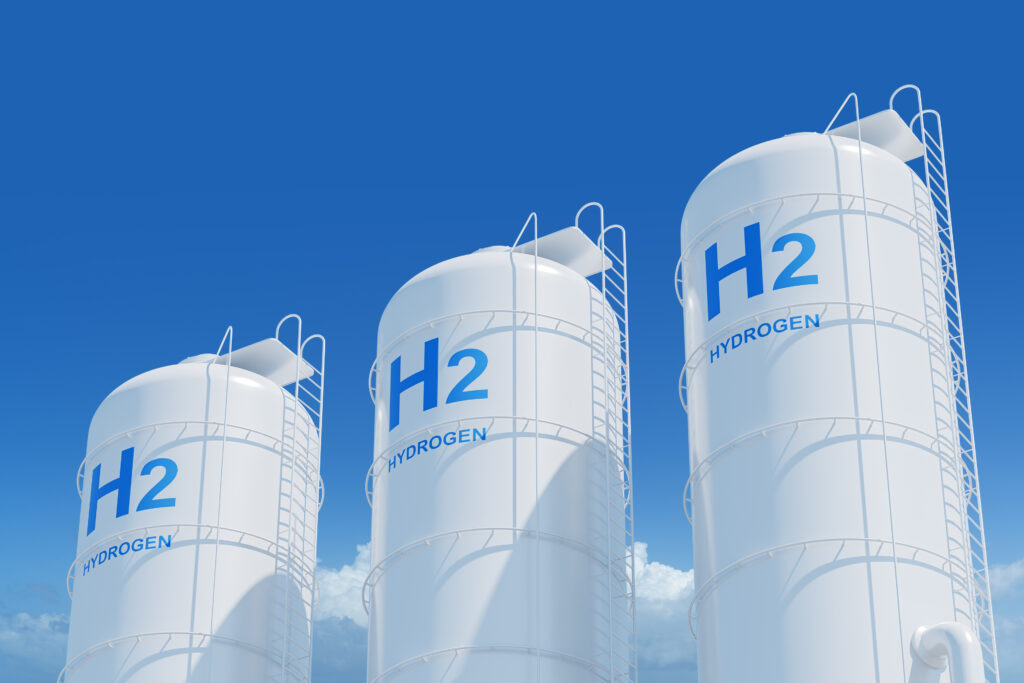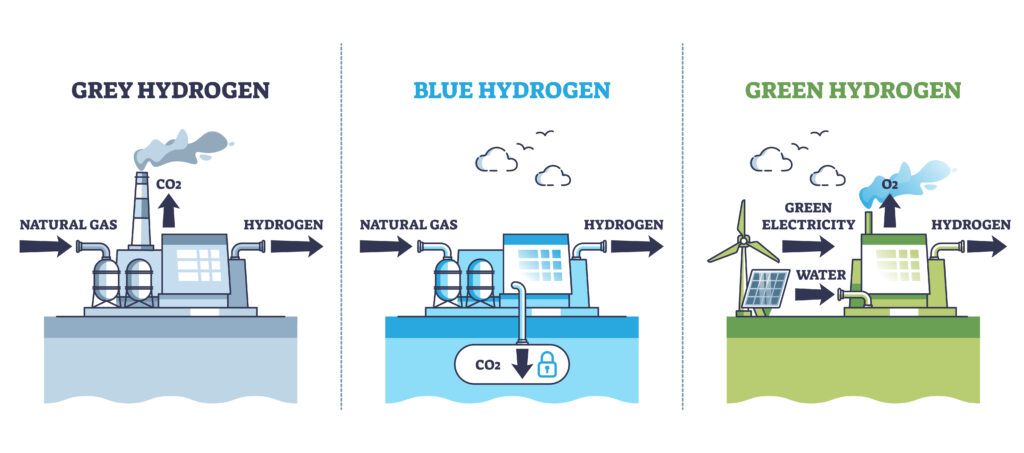There Is No Such Thing as Perfectly ‘Clean’ Hydrogen
By Jungdo Kim, Head of Climate & Ocean Research Division, Climate Ocean Research Institute (CORI)
Jeju Province has announced a new project to produce hydrogen from biogas. The source of this biogas is food waste processed at the island’s regional organic waste recycling facility. Jeju plans to reform this biogas into hydrogen, with a target production volume ranging from 500 kg to 2,500 kg per day. This initiative secured final approval in the Ministry of Environment’s 2025 biogas-based clean hydrogen production program, with a total budget of KRW 13 billion. Full-scale operation is expected to begin by the end of 2026.
Initially, the biogas generated at the facility was to be used internally to run the recycling operation—converted into heat and electricity to cut operating costs and reduce greenhouse gas emissions. However, since late last year, reports began to emerge that Jeju was considering using this gas to produce clean hydrogen. Now, the plan is officially moving forward.
But does this mean the facility will no longer produce electricity and heat from biogas? Not at all. That function will remain. The issue is that more biogas is being produced than is needed to operate the facility. Presently, about 70% of the methane generated is used for energy production, and the remaining surplus is being targeted for hydrogen production—about 500 kg of hydrogen per day under the current plan.

Finding a use for surplus biogas is undoubtedly necessary. And using it to produce and distribute hydrogen might sound forward-looking. Jeju has claimed, via press release, that this project could reduce annual greenhouse gas emissions by 1,485 tons. Most media coverage has portrayed the initiative as a positive step toward carbon neutrality.
But what exactly is biogas? It is primarily methane. When food waste is treated through anaerobic digestion (a process where microbes break down material in the absence of oxygen), methane (CH₄) is released. This methane is the same compound found in natural gas and commonly used in household energy systems. When burned, it releases carbon dioxide. If not burned and instead released into the atmosphere, methane can have up to 80 times the warming effect of CO₂.
That’s why facilities using biogas are designed to assume full combustion of the methane. Jeju’s facility was initially planned to combust the gas to produce electricity and heat for its own operations—a strategy aligned with reducing emissions.
Even aerobic digestion (with oxygen) releases CO₂, and in significant amounts. Converting food waste into animal feed or fertilizer also has limited demand, often leading to landfilling. Thus, producing and combusting methane to power the facility was considered one of the more efficient strategies for reducing greenhouse gases in the food waste process.
For this system to be optimized, methane production and consumption must be balanced. At present, surplus methane is being generated, and the new hydrogen project seeks to address this imbalance.
So how ‘clean’ is this clean hydrogen? Under Korea’s Hydrogen Act, the government operates a clean hydrogen certification program. The standard defines clean hydrogen as that which emits no more than 4 kg of CO₂-equivalent (CO₂eq) per kilogram of hydrogen produced. The term “clean” may suggest zero emissions, but in reality, emissions do occur—just less than conventional alternatives. Even so, Korea’s standard (4 kg CO₂eq) is more lenient compared to the EU (3.38 kg), Japan (3.4 kg), or the UK (2.4 kg).
To produce 1 kg of hydrogen via SMR (Steam Methane Reforming), about 1.99 kg of methane is typically required. The main reaction—CH₄ + 2H₂O → CO₂ + 4H₂—generates 1 mole of CO₂ per mole of methane. This translates to roughly 5.46 kg of CO₂ emissions per kg of hydrogen produced. This does not include indirect emissions from the electricity and heat used during processing, compression, and purification.
In commercial operations, lifecycle analysis (LCA) shows total emissions from SMR processes can range from 9 to 12 kg CO₂ per kg of hydrogen—exceeding both domestic and international clean hydrogen standards.
Without integrating CCS (Carbon Capture and Storage) technology or shifting entirely to renewable energy for process inputs, it is difficult for current SMR technology to meet clean hydrogen criteria. Yet CCS remains technologically immature, and transitioning to 100% renewables for all energy inputs is far from immediate. If hydrogen produced this way is still labeled ‘clean,’ then the term functions more as a policy tool or marketing label than a scientific fact.

Some argue that clean hydrogen is a necessary transitional step toward green hydrogen—namely, hydrogen produced through electrolysis powered by renewable energy—which remains costly. There is some truth to this perspective.
However, the biggest concern with this project is the risk that policy might be steered in the wrong direction: toward producing more biogas in order to make more hydrogen.
For example, to meet Jeju’s goal of producing 2,500 kg of hydrogen daily, far more food waste would be required than is currently generated. Yet various studies already show that Jeju’s most urgent need is not to expand waste-to-energy infrastructure, but to dramatically reduce food waste generation itself.
If the mindset becomes “it’s okay to waste food because it can be turned into hydrogen,” it risks undermining Jeju’s entire carbon neutrality strategy.
The conflation of clean hydrogen with green hydrogen is problematic. Although clean hydrogen emits significantly more greenhouse gases than green hydrogen, it is increasingly portrayed as a climate solution. Such a narrative risks promoting greenwashing.
Worse still, the vague concept of ‘clean’ offers fossil fuel-based industries a new lease on life. Clean hydrogen and ammonia could potentially extend the lifespan of coal and gas power plants.
This is already happening in Jeju. Gas-fired power plants planned for Samyang-dong and Dongbok-ri are being designed to enable hydrogen co-firing. These fossil fuel projects are being greenlit in part because they include hydrogen—a convenient way to offset environmental concerns.
In such a scenario, are we truly moving toward carbon neutrality, or simply helping fossil fuel industries survive under a new label?
To be fair, the need to process surplus methane is real. This project could still evolve into a positive model. But the term “clean” must not become a rhetorical shield. Regardless of technological advancement, the foundation of carbon neutrality lies in protecting ecosystems and reducing emissions at their source—not in techno-optimism alone.
Not all hydrogen is created equal. If the word “clean” becomes a universal license, true carbon neutrality will remain out of reach. It is my hope that this article will help readers distinguish between clean and green hydrogen and question the policy assumptions embedded in terminology. Jeju’s food waste strategy should focus not on gasification but on reduction.
This article was originally published in Korean by JejuToday on April 21, 2025. https://www.ijejutoday.com/news/articleView.html?idxno=307377
